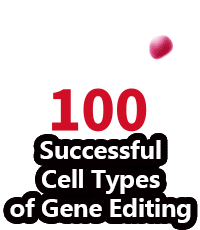Using a technique called cryogenic electron microscopy (cryo-EM), a team of scientists from the United States and Canada has captured atomic-level, 3D images of the Cas9 enzyme before and after cutting the DNA. The images reveal new information about how the CRISPR-Cas9 gene-editing works, which may help researchers develop versions of it that operate more efficiently and precisely to alter targeted genes.

CRISPR-Cas9 is a gene-editing tool in which the enzyme Cas9 acts like a pair of molecular scissors, capable of cutting strands of DNA.
Once the enzyme makes cuts in DNA at specific sites, insertions and edits can be made, therefore changing the DNA sequence.
To better understand the sequence of events involved in the process, the researchers used cryo-EM technology to image the Cas9 enzyme at work.
“It is exciting to be able to see at such a high level of detail how Cas9 actually works to cut and edit DNA strands,” said Dr. Sriram Subramaniam, a researcher at the University of British Columbia and the Frederick National Laboratory for Cancer Research.
“These images provide us with invaluable information to improve the efficiency of the gene-editing process so that we can hopefully correct disease-causing DNA mutations more quickly and precisely in the future.”
The images provide unprecedented glimpses of the stepwise molecular motions that occur in the course of DNA cutting by Cas9, including a snapshot of the cut DNA still attached to the enzyme immediately before release.
“One of the main hurdles preventing the development of better gene-editing tools using Cas9 is that we didn’t have any images of it actually cutting DNA,” said Dr. Miljan Simonovic, from the University of Illinois at Chicago.
“But now we have a much clearer picture, and we even see how the major domains of the enzyme move during reaction and this may be an important target for modification.”

